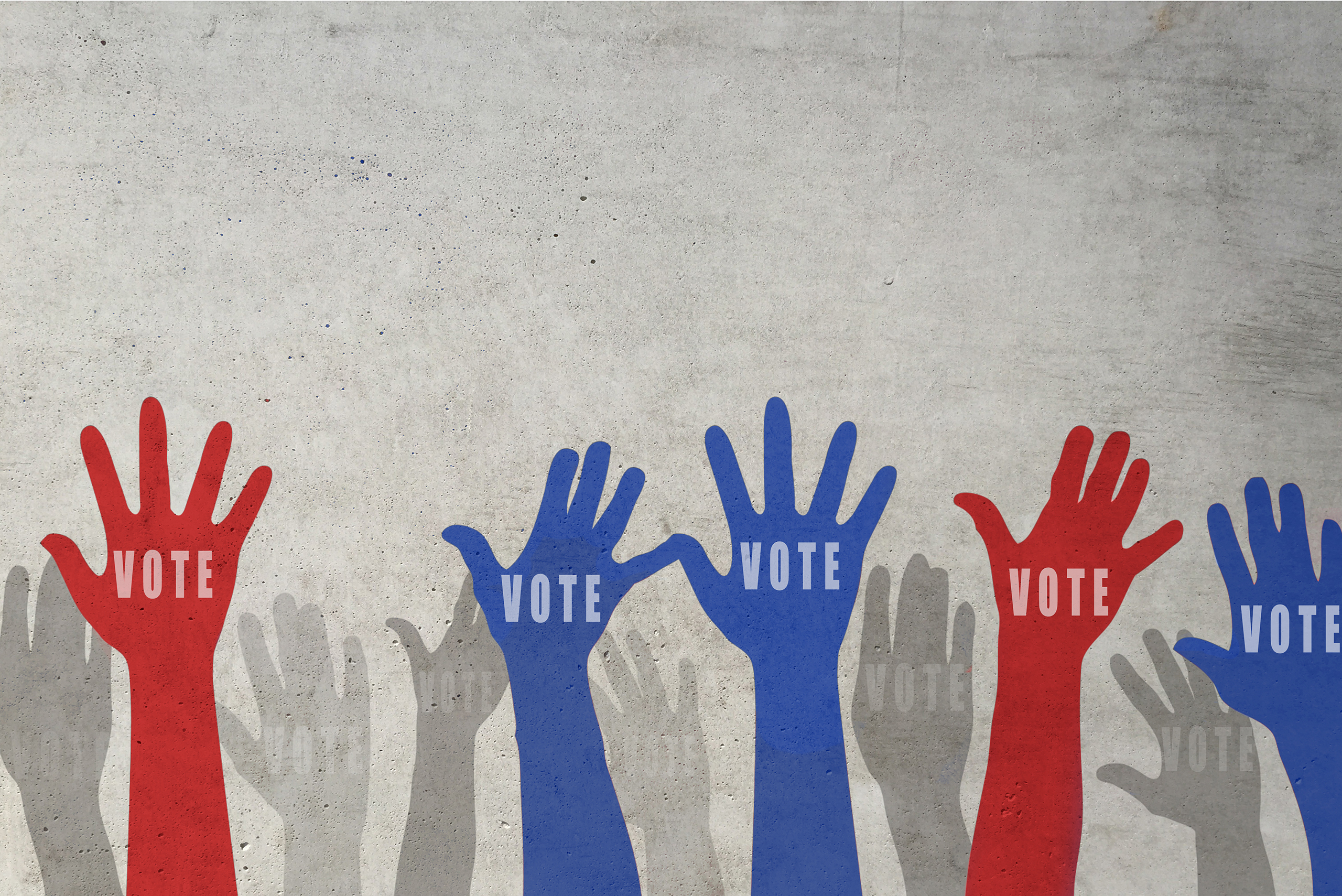
07 Oct Election Time: When Building Community, Civic Participation Takes the Trophy
Every four years, as sure as the leaves turn auburn and pumpkin spice renews its assault on the taste buds, election season grips the United States with a flurry of hot takes and debates and appeals to our patriotism. In the collective conscience, voting in this year’s presidential election weighs heavily as the most important obligation of a citizen in this country.
While we won’t dispute the importance of exercising a right which so many fought so hard to attain, at North Star we often focus on other forms of civic engagement and participation when seeking what is distinct and marketable about a place. In fact, as part of getting to know our partner communities, we often hear from everyday Americans from coast to coast about which types of civic participation shape the sense of community in their hometowns: volunteering, joining groups or committees, or maintaining public spaces and historic sites are frequent answers while voting rarely makes the list.
The omission of voting makes sense. It is a solitary act, veiled in secrecy, and far from universal. The only widespread marker of solidarity is an “I Voted” sticker that loses its adhesive properties over the course of election Tuesday only to end up in the waste bin before the race is called. At best, voting is an inexact expression of the values that many people credit for the strong ties in neighborhoods, towns, and cities across the country — like altruism, integrity, and preservation.
Given the unique circumstances of this year, we got to thinking on ways to expand our view of civic engagement and participation during a socially-distanced election season. Of course, we believe that voting should be encouraged and celebrated in the lead-up to November 3rd. We suggest complementary efforts only to highlight inclusive avenues for participation and community-building beyond the ballot box:
• Replenish food banks that have served as a vital resource during the COVID recession. Using the principle “One can. One vote,” hold a non-perishable food drive that educates young children on democratic elections. Ask that children in your community choose a “Mayor For a Day” from among a deserving group of local heroes (teachers, librarians, first-responders, business owners, etc.). For added authenticity, create a webpage where candidates can post video introductions, campaign promises, and, eventually, an acceptance speech from the winner.
• Beautify one of the polling locations in your community ahead of November 3rd. Allow individuals and families to coordinate times to pick up trash; plant bushes, trees, or flower beds; or create/drop-off election-themed art for display (options could include sidewalk chalk art, yard sign paintings, or poster collages). For those voting in-person at this polling location, the refreshed surroundings can be a welcome distraction while waiting in line to cast a ballot.
• Preserve the history of your polling places with a podcast or video series. With the aid of local historians, put together a brief overview of each polling location and how it has served the community through the years. Since these locations often include schools and government buildings that have hosted countless generations within their walls, round out the profiles by asking community members to share the memories they attach to each via voice or video recordings.
The key to developing and maintaining civic engagement and participation — now and in the future — lies in making them authentic and instinctual rather than obligatory. If we can start by showing that getting involved in any capacity is fun and gratifying, especially during a time that is neither of those two things, why shouldn’t we? This feels like the right time for our interpretation of civic duty to become less rigid, and to consider spontaneous, collective (and socially-distanced) exchanges between citizens, our leaders, and our governments as a worthy goal instead.
